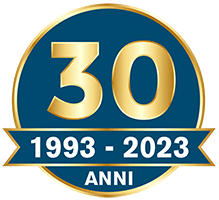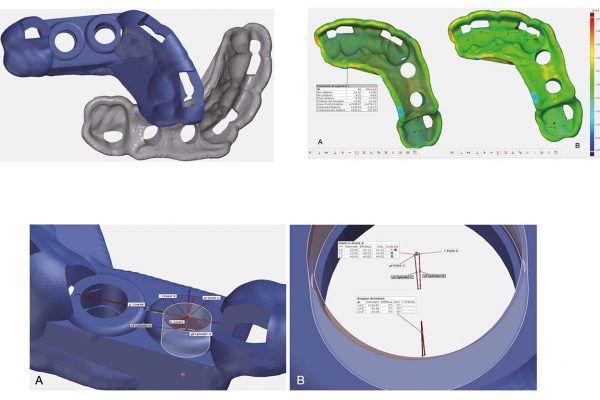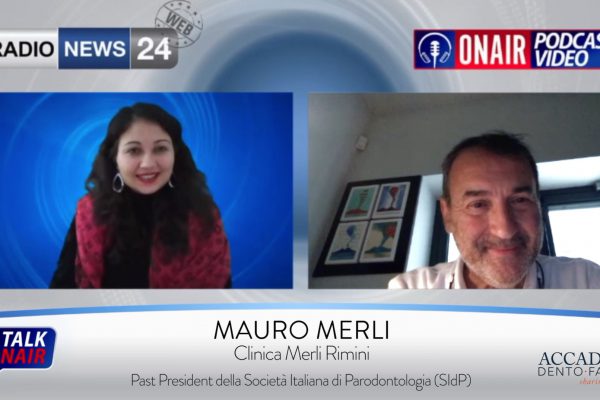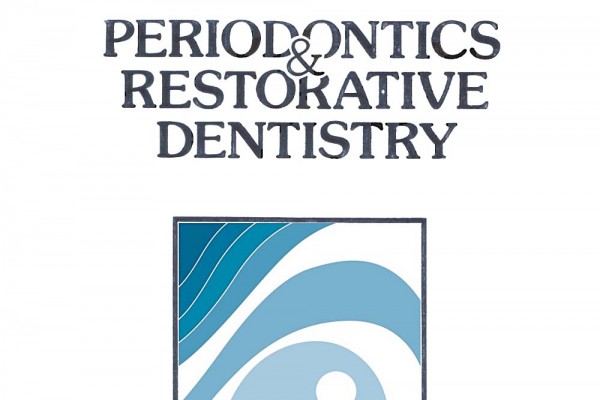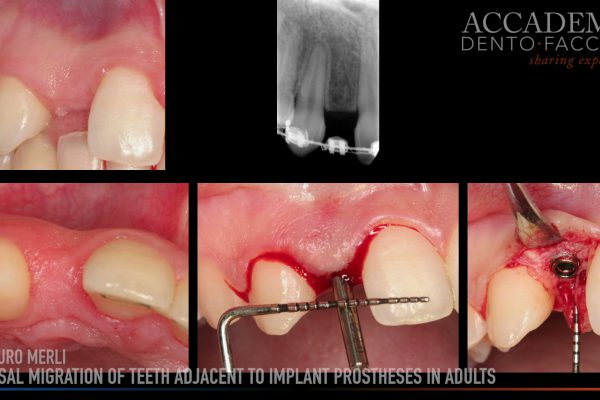Short-term comparison of two non-surgical treatment modalities of peri-implantitis: Clinical and microbiological outcomes in a two-factorial randomized controlled trial.
Mauro Merli, Francesco Bernardelli, Erica Giulianelli, Francesco Carinci, Giorgia Mariotti, Marco Merli, Giovanpaolo Pini-Prato, Michele Nieri
Aim: To compare the efficacy of two different therapies (amino acid glycine abrasive powder and a desiccant material) and their combination in the non-surgical treatment of peri-implantitis.
Materials and Methods: This was an examiner-blind randomized clinical trial, with 2-factorial design with a follow-up of 6 months. The combination of the two factors resulted in four interventions: (a) non-surgical debridement alone (C); (b) non-surgical debridement and a desiccant material (H); (c) non-surgical debridement and glycine powder (G); and (d) non-surgical debridement, desiccant material and glycine powder (HG).
Results: Sixty-four patients with peri-implantitis were randomized, 16 for each in- tervention. After six months, two implants failed in the G intervention. Mean pocket depth reduction was higher in patients treated with the desiccant material (estimated difference: 0.5 mm; 95% CI from 0.1 to 0.9 mm, p = .0229) while there was no differ- ence in the patients treated with glycine powder (estimated difference: 0.1 mm; 95% CI from −0.3 to 0.5 mm, p = .7333). VAS for pain during intervention and VAS for pain after one week were higher for patients treated with glycine powder (p = .0056 and p = .0339, respectively). The success criteria and other variables did not reveal differ- ences between interventions.
Conclusions: In this 6-month follow-up study, pocket reduction was more pro- nounced in patients using the desiccant material. Pain was higher in patients using glycine. All the interventions resulted in low success rate.
J Clin Periodontol. 2020;00:1–13.

